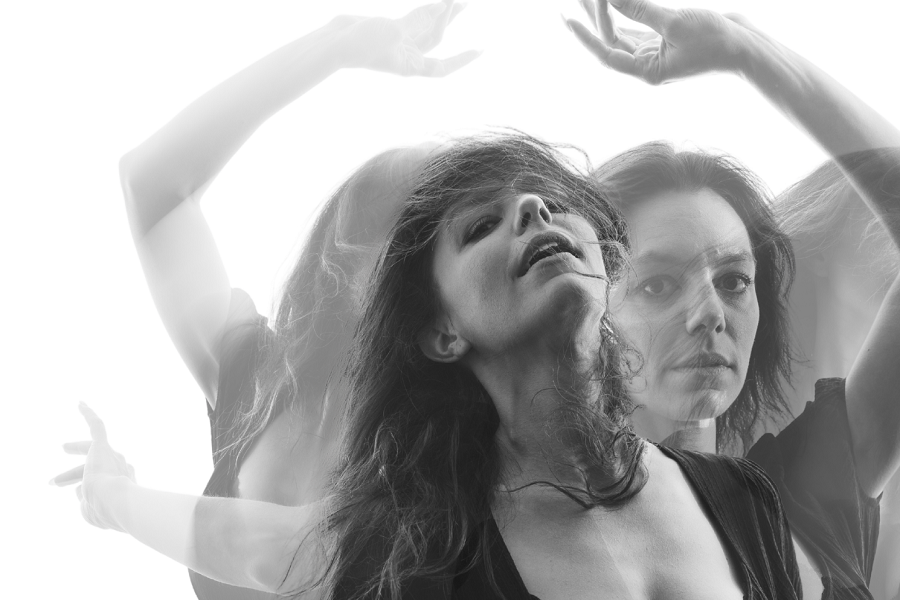
Respected in his community and beyond, Baker was best-known for putting the discoveries of quantum physics and astronomy onto canvas.
In a 2014 exhibition at the CSIRO Discovery Centre viewed by scientists and astronomers, he explored theories, of quantum mechanics, cosmology, and theoretical physics.
“I feel tender about the subject of physics,” he said at the time of this exhibition, “because it is about functions as yet being formalised by science… it is for me reaching into the unknown.”
Often mischievously, sometimes subtly, his paintings and small sculptures commented on Newton’s law of universal gravitation, Einstein’s theory of relativity, Heisenberg’s quantum mechanics, Schrödinger’s cat, Hawking’s Black Holes, Susskind’s String Theory and the “God” particle.
Baker was, in his youth, the youngest British artist ever admitted to the British Arts Society and spent many years in France and Spain exploring his artistic foundations before migrating to Australia in 1972. Not always a recluse, he established the Camden Art Society and a permanent gallery, was a regular finalist in the Wynne Prize at the Art Gallery of NSW, then in the 1990s moved to Bodalla.
According to author Robert Macklin, an unabashed fan of his work, an earlier heart attack restricted Baker, but he kept on painting tiny landscapes from the viewpoint of a magpie, which he exhibited in Charis and Anthony Tyrrel’s Hidden Valley Gallery just off the Princes Highway in Bodalla.
But around the year 2000, he turned to cosmic matters and began to devote himself to the study of the latest discoveries in astrophysics, working away quietly in Bodalla on a daring series of artworks that would place art and science face to face in his 2013 CSIRO Discovery exhibition.
But Baker was a hard artist to pin down, and by 2014, when I visited him both in his Bodalla studio and at the public launch of a new painting, he had been reworking Picasso’s 1907 cubist work “Les Demoiselles d’Avignon”.
“I’m not trying to copy him, I’m trying to convey the feeling of the man,” he told me.
Recently, Macklin reports, he and Charis Tyrrel had been attempting to interest the national, state and regional galleries in collecting mounting an exhibition of Baker’s works. Melbourne University’s Physics Museum had expressed an interest in the possibility of acquiring 20 major works.
“We were exasperated by Bob’s total disregard for the kind of recognition that would bring him fame and riches if only the world could see his fabulous works,” Macklin says.
He is survived by his wife Pat.
Who can be trusted?
In a world of spin and confusion, there’s never been a more important time to support independent journalism in Canberra.
If you trust our work online and want to enforce the power of independent voices, I invite you to make a small contribution.
Every dollar of support is invested back into our journalism to help keep citynews.com.au strong and free.
Thank you,
Ian Meikle, editor








Leave a Reply